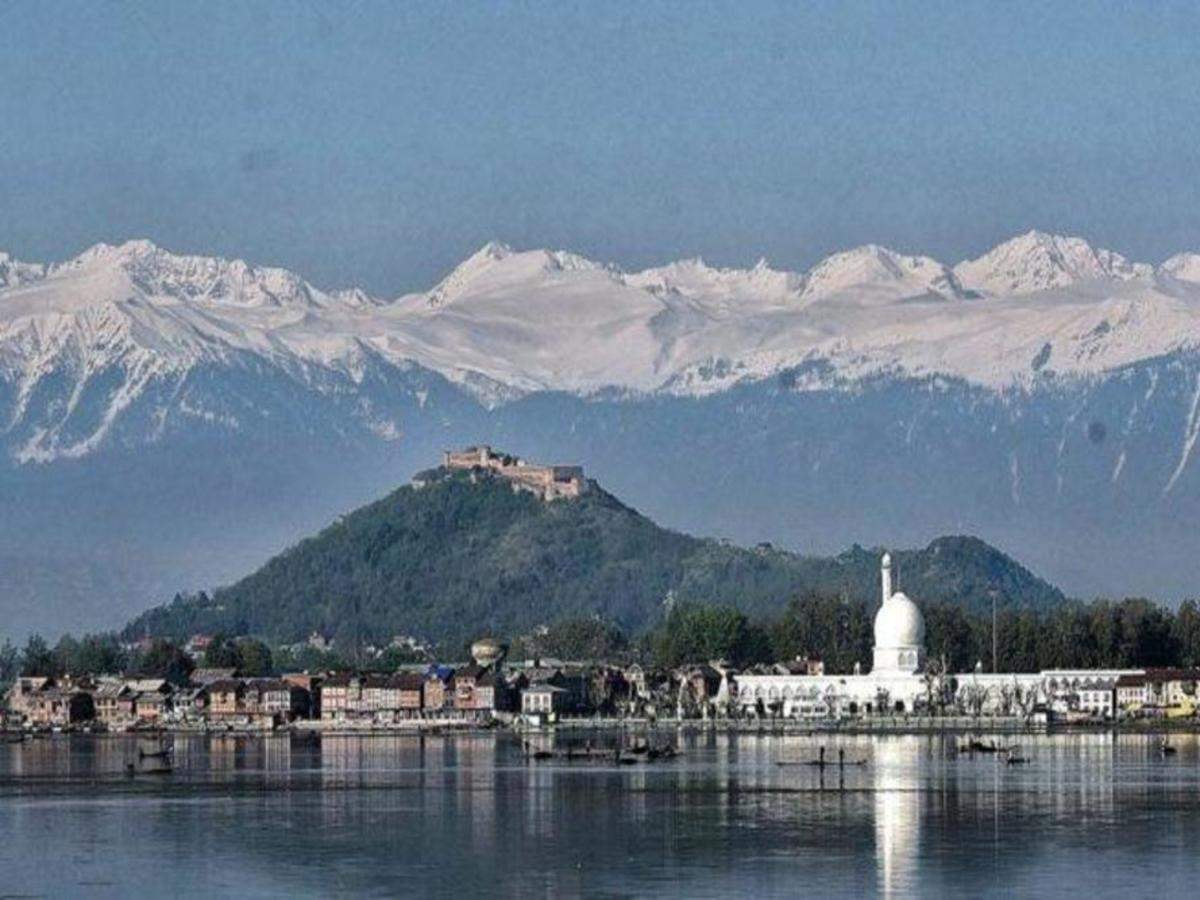A River of Promises, A Valley in Darkness
In a region where power shortages define daily life—plunging homes into darkness during the harsh Himalayan winters—the long-pending 93-MW New Ganderbal Hydropower Project remains an unfulfilled promise. First conceptualized in 1996, the project, located in Chief Minister Omar Abdullah’s home constituency of Ganderbal, was envisioned as a transformative solution to Kashmir’s chronic power woes.
Fast forward nearly three decades, and the valley is still waiting. Despite significant technical studies, tenders, and even revised bids, the project has fallen victim to bureaucratic red tape, financial bottlenecks, and contractor defaults. Today, questions are being raised: Is this another white elephant? Or can this long-stalled dream be salvaged under India’s new hydro policy?
Project Snapshot: What Is the New Ganderbal Hydropower Project?
-
Type: Run-of-the-river Hydroelectric Project
-
Location: Sindh Nallah, Ganderbal, Jammu & Kashmir
-
Capacity: 93 Megawatts (3 x 31 MW Units)
-
Gross Head: 163.5 meters
-
Net Head: 142.2 meters
-
Estimated Annual Generation: 382.82 GWh
-
Initial Cost Estimate: ₹819.18 crore (2014)
-
Revised Cost Estimate (2024): ₹1630.18 crore
-
Estimated Tariff: ₹8.25/unit (current projection)
This is not just a dam or a turbine setup—this is Kashmir’s hope for energy independence, yet its future hangs in the balance.
The Forgotten Genesis — 1996 to 2014
The project was announced in 1996 with lofty goals of harnessing Kashmir’s untapped hydro potential. Yet for nearly two decades, the project remained trapped in paperwork, unable to transition from proposal to reality.
Why the Delay?
-
Lack of Political Push: Changing governments often shelved or deprioritized the project.
-
Environmental Assessments: Lengthy and delayed clearances.
-
Shifting Policies: Frequent changes in national hydro policies caused further stagnation.
It wasn’t until June 2014 that the Central Electricity Authority (CEA) finally granted the Techno-Economic Appraisal (TEA)—a milestone needed to move towards execution.
Hopes Raised, Then Crushed – The HCC Tender Fiasco
After the CEA nod, a two-stage tender was floated. Hindustan Construction Company (HCC) emerged as the lowest bidder, quoting ₹819.18 crore. However, the jubilation was short-lived. HCC failed to submit the required Performance Bank Guarantee, resulting in the annulment of the contract in January 2018.
Collateral Damage
-
HCC’s Earnest Money Deposit of ₹10 crore was forfeited.
-
Years of preparatory work went in vain.
-
Loss of public confidence in JKSPDC’s execution capabilities.
Multiple Tenders, No Takers – 2020 to 2022
In 2020, a package-wise tendering model was adopted, similar to models used for Pakal Dul, Kiru, and Kwar hydel projects. But in the case of Ganderbal, it proved ineffective.
-
Tender Cancelled: August 2020 due to zero bidders.
-
Pandemic Disruption: COVID-19 made investor sentiment and logistics unviable.
-
Rising Project Costs: Inflation and commodity prices began inflating the original cost estimate.
A Glimmer of Hope — June 2022 Bid Round
The project gained fresh traction in 2022. A new round of tenders attracted three joint ventures. The HCC-CPPPL (JV) bid ₹1401.8 crore, later reduced to ₹1293.81 crore after negotiations. Security clearance was obtained from MHA in March 2024, seemingly removing the final hurdle.
But a new obstacle emerged: Tariff unviability.
-
Estimated cost: ₹1630.18 crore
-
Projected Tariff: ₹8.25/unit
-
Market Average for Hydel Power: ₹4.50/unit
Result? The project became financially unattractive under existing funding mechanisms.
What the Officials Say
“The financial structure needs reworking. Without central support, we can’t proceed,”
– Senior JKSPDC Official
“The initial contractor default, COVID, and now tariff issues — it’s been a perfect storm,”
– Legislative Assembly submission
Officials now pin their hopes on a new hydro policy being drafted by the Government of India, which is expected to provide increased financial support for stalled projects like New Ganderbal.
Why Kashmir Needs This Project
Power Deficit Woes
-
Demand: Peaks at 2,500 MW in winters
-
Availability: Falls to 1,300–1,500 MW
-
Load-shedding: 6 to 10 hours in some areas
Clean Energy Advantage
-
Hydropower = Zero Carbon Emissions
-
Sustainable Source for remote and high-altitude regions
-
Low operational cost once commissioned
Socio-Economic Impact
-
Job creation in Ganderbal and nearby areas
-
Boost to local economy via ancillary industries
-
Opportunity for youth skill development and engineering training
The Elephant in the Room – Is It Worth the Cost?
Comparative Tariff Landscape
| Project Name | Levelised Tariff (₹/Unit) | Status |
|---|---|---|
| Pakal Dul (J&K) | ₹4.5 | Under Execution |
| Kiru (J&K) | ₹4.7 | Under Execution |
| New Ganderbal | ₹8.25 | Tender Finalized but On Hold |
Global Trends – Are Run-of-the-River Projects Still Relevant?
Pros
-
Minimal environmental displacement
-
No massive reservoirs needed
-
Steady energy supply with proper regulation
Cons
-
Seasonal water dependency
-
Climate change risks (glacial melt, river flow variability)
In an era dominated by solar and wind, hydropower still retains importance in base load supply, especially in mountainous terrains like J&K.
Expert Opinions – The Debate on Viability
Critics Say:
-
“It’s targeting wealthy students who failed premier college admissions.”
-
“You can’t teach entrepreneurship to 18-year-olds.”
Supporters Say:
-
“These courses reflect the shift from rote degrees to skill-based jobs.”
-
“Early real-world experience builds better professionals.”
Some argue that one successful commissioning can pave the way for a hydropower revival in the Himalayas.
Policy Watch – Can the Government Make a Difference?
The upcoming Central Hydro Policy could change the game by:
-
Offering financial viability gap funding (VGF)
-
Making long-gestation hydropower projects more attractive
-
Supporting state-owned entities like JKSPDC with budgetary allocations
If aligned with India’s renewable energy goals, the New Ganderbal project could become a case study in public-private collaboration.
Bottom-Line: A Test Case for Kashmir’s Energy Sovereignty
The 93-MW New Ganderbal Hydropower Project is no longer just an infrastructure proposal—it is a litmus test for how India treats regionally significant but financially complex projects. Its success—or continued limbo—will determine whether Kashmir’s energy crisis can finally be addressed or if bureaucratic inertia and cost fears will keep this dream dammed forever.



